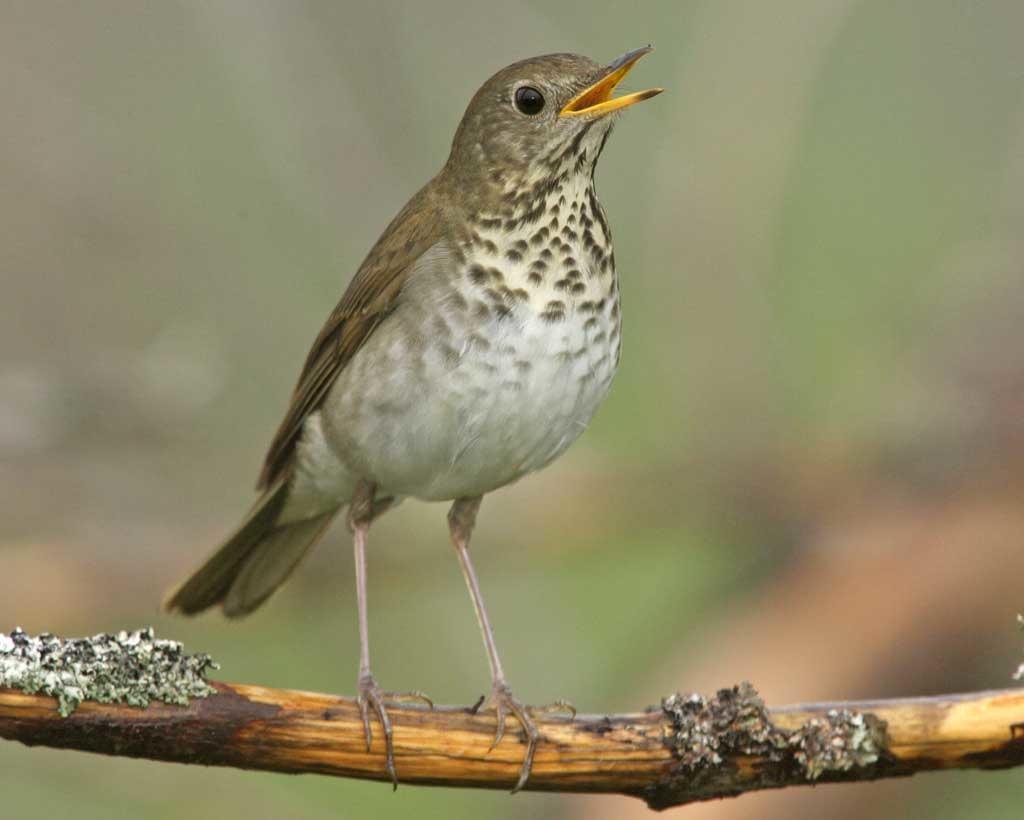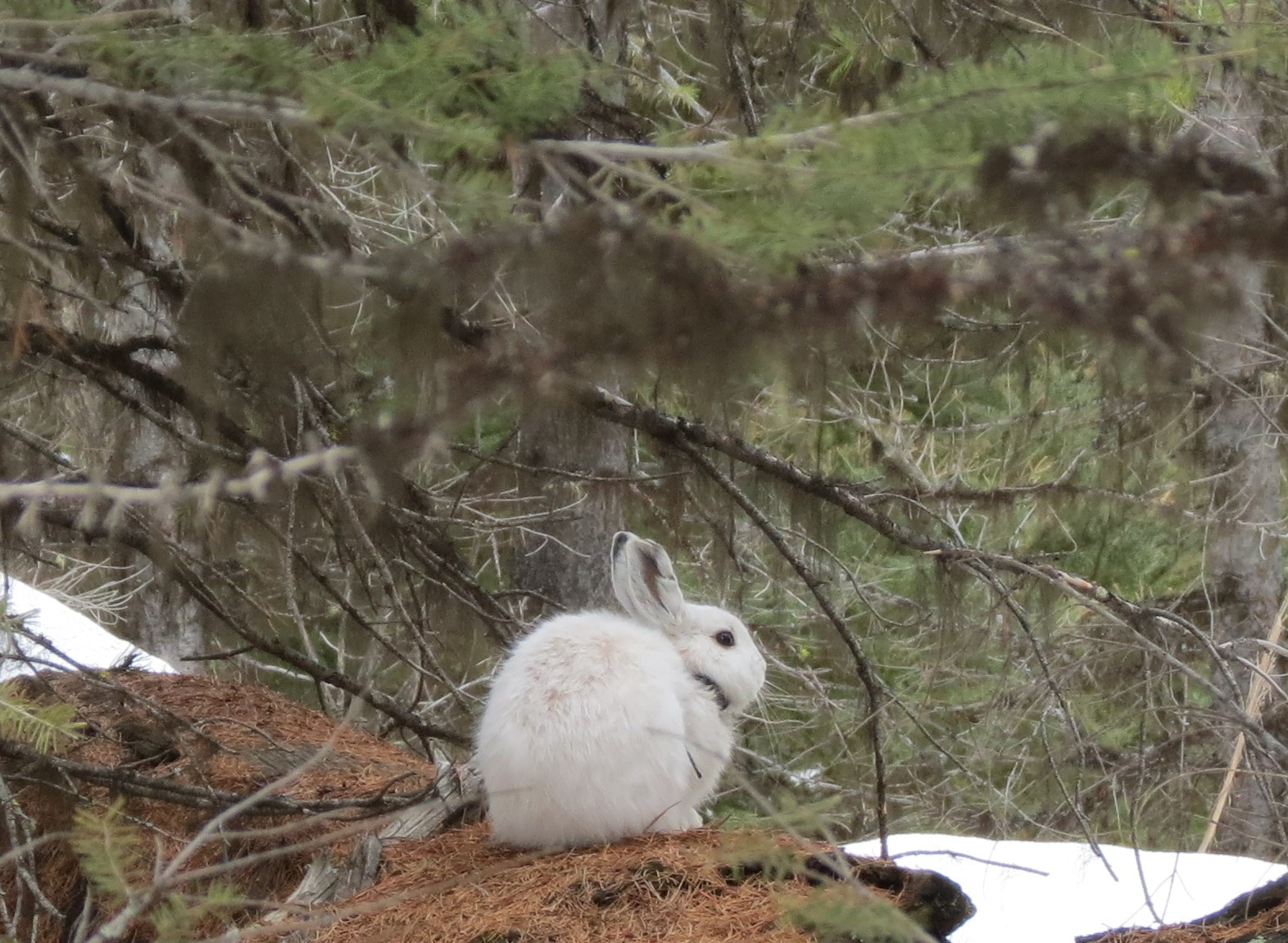Spruce-Fir Forest Refugia
Spruce-Fir Forest refugia
Identifying Climate Refugia at Elevation
As climate change impacts ecosystems and species distribution, climate scientists and ecologists are working to predict how these changes will manifest and what effects they will have on individual species. Although climate change has far-reaching effects, there are areas known as climate change refugia that are buffered from climate change, allowing valued ecological and physical resources to persist.
Researchers in the NE CSAC aim to forecast potential sites of climate refugia in order to guide the conservation of montane species. This project entails developing tools to identify refugia sites most likely to support spruce-fir forest and its associated bird, mammal and other wildlife species over the long term under projected climate change scenarios.
Northern Montane Forest
The high elevation spruce-fir forests are a rare and valuable landscape that provides a habitat to many unique species. At 2,500 to 4,500 ft in elevation, the northern montane forests are comprised primarily of red spruce and balsam fir. These forests make up only one percent of the New England landscape, but contribute greatly to regional biodiversity. A wide variety of bird species, mammals such as the Canada lynx, northern flying squirrel, the long-tailed weasel, and the rock shrew are found in this ecosystem.
Designing Sustainable Forest Landscapes
With an increasing trove of modeling results allowing us to make predictions about changes in snow pack, spring emergence and shifts in species composition and distribution, the next step is to package this information to guide decisions made for the management of boreal forests. NE CSAC investigators Curt Griffin (PI with the NE CSAC) and Kevin McGarigal are modeling an additional 20 representative species, expanding an ecological integrity assessments, improving the vegetation succession modeling, and developing an approach for integrating the results of the landscape change assessment into decision support for landscape design.
Forest Response
NE CSAC Fellow Jane Foster is working with Tony D’Amato, NE CSAC Principal Investigator and associate professor at the University of Vermont, to model the effects of climate change on spruce-fir forest ecosystems. They are focusing their models of spruce-fir occurrence on the Green and White Mountain National Forests, northern Maine, and the Border Lakes region of Minnesota as all of these areas encompass critical spruce-fir habitat. As the climate warms in northern latitudes, high-elevation boreal forests are expected to recede upslope, with northern hardwood species moving up behind.
Yet Jane and Toni have found this pattern does not always hold, reporting both rapid upward shifts and concurrent increases in boreal species within the region. Their findings suggest that in fact the boreal forests are on a path of recovery following a period of harvest and other human land use and disturbance. This will be an important consideration for managers who are working to understand the effect climate has on species range shifts particular to this habitat type and montane ecosystems.
Wildlife Studies
Vulnerability of Birds and Prospects for Conservation
Our researchers are working with wildlife reserve and forest managers in northern New Hampshire, Vermont and Maine to improve our abilities to forecast changes in populations of priority bird species in protected areas. For example, researchers at the NE CSAC, such as Dave King and Keith Nislow are finding that bird distributions are shifting and that some birds are producing fewer young. What is not well understood are the exact mechanisms causing these changes. In the White Mountain National Forest, NE CSAC Fellow Tim Duclos has examined what direct influence climate change has on montane birds species.
He conducted a comprehensive bird abundance, temperature, vegetative, and predator-prey community assessment on 150 sampling points over xxx elevational transects on 15 mountains in the Presidential Range. The value of this research is the ability to better predict how species may further respond to changes in montane climate and forest structure. For managers, this information is imperative in order to continue to best conserve high-elevation spruce-fir bird communities under climate change scenarios and land use change.
Mammals and Changing Winters
Toni Lyn Morelli, USGS Research Ecologist at the NE CSAC, is working to tease apart mechanisms causing ecological changes in northeastern U.S. mountains. Toni Lyn and her students seek to understand how American red squirrels, a key predator of vulnerable montane birds, are responding to climate change. In addition to analyzing long-term survey data, she and her team are working in the Presidential Mountains to trap red squirrels, put radio collars on them, and collect DNA samples in order to understand how far red squirrels have shifted up in elevation.
NE CSAC Fellow Alexej Siren is contributing to an understanding of the Canada lynx, which are highly adapted for hunting snowshoe hares in areas with deep, persistent powdery snow. Overall, lynx populations in this range are likely to experience warmer winters with more precipitation during the 21st century. Importantly, most predictions indicate that a higher proportion of the precipitation will occur as rain rather than snow. In combination, these changes are forecasted to increase crusting conditions, reduce snowfall and depth, and reduce the length of the snow season. Alexej is combining the latest research in climate science, population dynamics, and ecological condition to find potential conservation options for this denizen of the north.
Current efforts to identify and map forest climate change refugia for wildlife and people
D'Amato/Foster Forest Modeling - Dynamic modeling of the effects of climate change on forested ecosystems of the White Mountain and Green Mountain National Forests, with models of Adirondack State Park in process, by University of Vermont experts.
Designing Sustainable Landscapes to assess the capability of current and potential future landscapes, currently within the extent of the Northeast United States (13 states), to provide integral ecosystems and suitable habitat for a suite of focal (e.g., representative) species, and provide guidance for strategic habitat conservation.
Frank Thompson Modelling Project - Changes in forested landscapes of the eastern United States under alternative climate scenarios modeled by the team at the Northern Research Station and University of Missouri.
Resilient Landscapes Project - The Nature Conservancy’s resilient sites for terrestrial conservation project.







